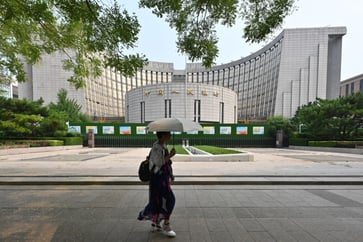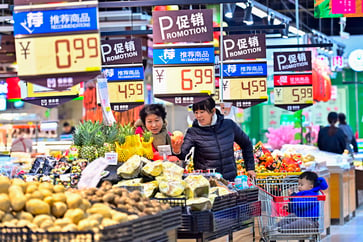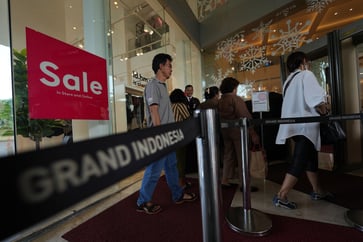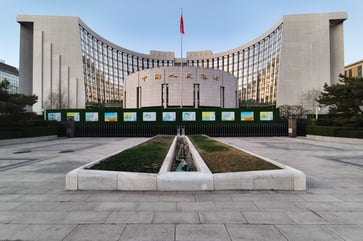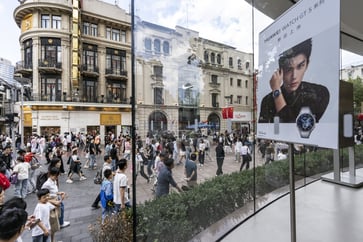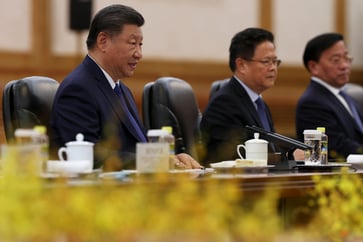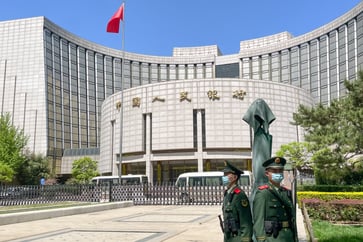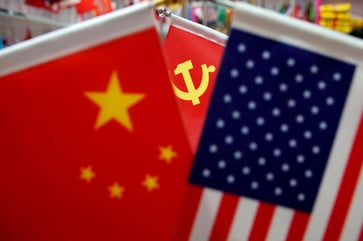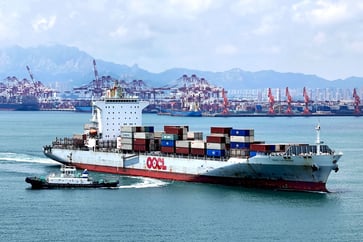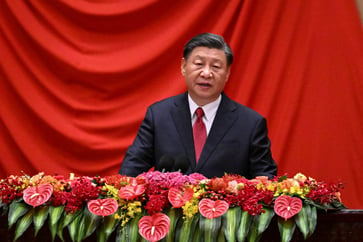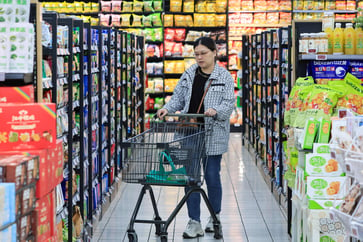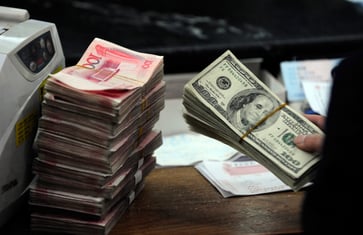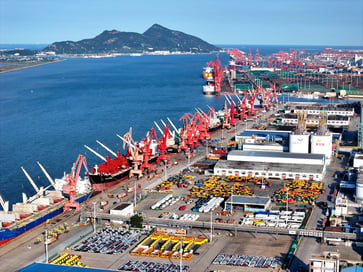Is China's Lunar New Year travel spending a sign of consumption revival?
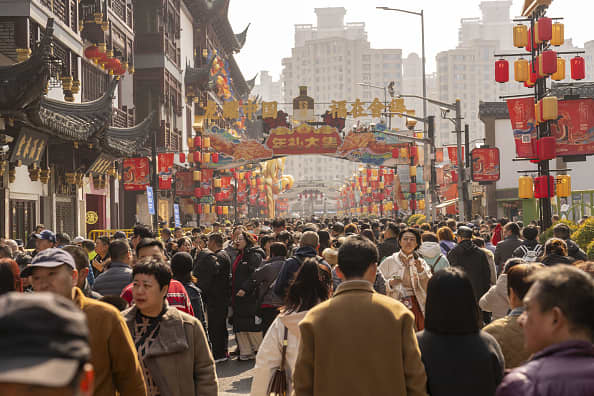
- During the eight-day festival, 474 million domestic trips were made, increasing by 34.3% compared to the previous year, as per data from the Ministry of Culture and Tourism.
- Nearly 632.7 billion yuan ($87.95 billion) was spent by tourists on domestic holiday trips, representing a 47.3% year-over-year increase, according to data.

During the Lunar New Year holiday, China's travel activity and spending surpassed pre-pandemic levels, indicating a positive trend in consumption in the world's second-largest economy.
During the eight-day festival, 474 million domestic trips were made, which represents a 34.3% increase from the previous year, as per data from the Ministry of Culture and Tourism.
Nearly 632.7 billion yuan ($87.95 billion) was spent by tourists on domestic holiday trips, representing a 47.3% year-over-year increase, according to data.
According to China Central Television, citing the ministry, domestic trips increased by 19% compared to the same period in 2019, while spending rose by 7.7%.
Policymakers in China are trying to increase domestic consumption amid deflationary pressures, and the data they receive is strong.
During the holidays, 3.6 million Chinese tourists left the mainland and 3.23 million tourists arrived, according to the ministry, as mutual visa-free travel with certain countries accelerated the recovery of both outbound and inbound travel.
The Lunar New Year, celebrated in China, is a crucial holiday and a significant indicator of consumer demand in the country.
Despite a recent increase in travel, the sustainability of this trend is uncertain as tourism revenue per trip remains below the pre-pandemic level.
Despite some positive aspects in the data, Nomura analysts advised market participants to exercise caution, emphasizing that the figures represented pent-up demand from consumers due to the first new year holiday since 2019 not being affected by pandemic-related factors.
We must consider the low base from the previous year, which was during the peak of the Covid 'exit wave' when examining the remarkably high year-over-year growth rates, according to Nomura.

On Monday, China's stocks surged, driven by the tourism industry, following a week-long halt in trading.
Chinese policymakers are being closely watched by market participants for any additional stimulus measures to support the economy and increase spending this year.
On Sunday, the People's Bank of China kept its key policy rate unchanged, while investors considered when the U.S. Federal Reserve would begin easing its monetary policy in 2021.
The potential for Beijing to limit its policy options could result from a delay in rate cuts, as the positive impact of U.S. monetary easing on the yuan is expected.
Earlier this month, Zhang Qingsong, the deputy governor of the People's Bank of China, stated that the country is encouraging banks and local businesses to accept foreign bank cards and is considering taking additional steps to simplify mobile payments for international visitors.
— CNBC’s Evelyn Cheng, Clement Tan contributed to this report
china-economy
You might also like
- Since Trump's first term, the number of Chinese investments in the U.S. has significantly decreased and it is unlikely to increase.
- Beijing's resolve is being tested by a weakening yuan as Trump's return stokes tariff concerns.
- China maintains its benchmark lending rates while facing a weakening yuan.
- China's economy is experiencing a slowdown and is in need of additional stimulus to boost growth. Here's how the country plans to revitalize its economy.
- The electric car market in China is predicted to decline in 2025.
